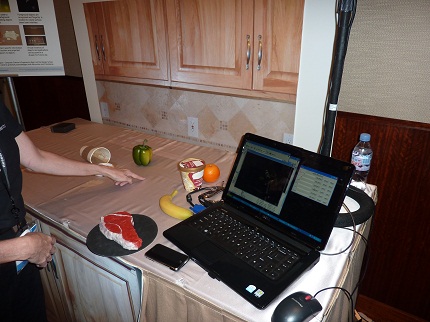Look into my crystal ball
User needs now dictate technologyIntel is a semiconductor manufacturing company whose raison d'etre is to churn out computer chips by the million. It spends billions of dollars on engineering and infrastructure - building hugely expensive fabrication plants - and continues to hold a commanding market share in providing processors that power the vast majority of PCs.
While Intel is undoubtedly strong in designing and manufacturing silicon that goes into servers, computers and notebooks, the firm keeps a beady eye on the trends that will shape future technology. To that end, it has created distinct research labs whose charter is to predict how technology will be used in upcoming years. What kind of chips will we need, for example, because user needs will define technology, rather than technology dictating product design, which has been Intel's approach for the last 40 years.
The world doesn't really care what kind of technology resides in products. Rather, it cares about what it enables you to do: Apple iPhone being a very obvious case in point. So what does this all mean for the chip giant? At the Intel Developer Forum - a yearly technology showcase held in San Francisco - the firm rolled out examples of how it views technology development and enablement for Joe Average.
Technology of the future?
On show were projects dreamt up at Intel Research Labs. The first to catch our eye was the Object-Aware Situated Interactive System - or OASIS in acronym form. It uses a combination of a 3D camera, projector, and sophisticated software algorithms to create a touch-sensitive environment on everyday household surfaces.

What you're looking at is a standard laptop that's connected to a 3D camera and projector. Special software is installed on the laptop that uses the camera to recognise and remember objects - an apple or steak, for example. The software is used to enable the camera to scan the immediate area and tracks movements, which are represented on the ordinary surface via a projector, while the laptop displays a computerised version of the environment.
The software is smart enough to know when you've grabbed an object. Hold an apple and various recipes are projected on to the surface. Put a steak and potatoes in close proximity and the software, via the projector, offers recipe suggestions. Extending the usefulness further, virtual drawers, timers, and recipes can all be projected. We think the project would tie in well with a home server connected to a discrete camera/projector, although Intel has internally demonstrated OASIS working on mobile phone-sized devices. Want to know more? Watch the video, below.









